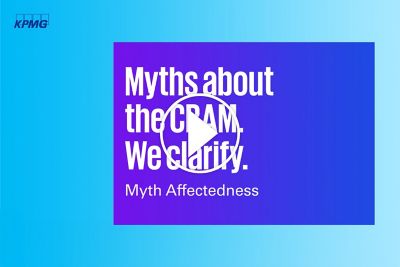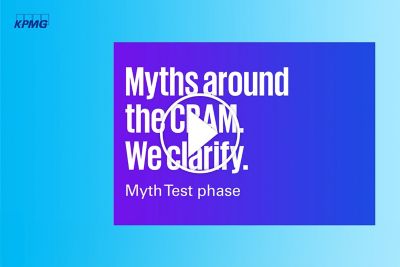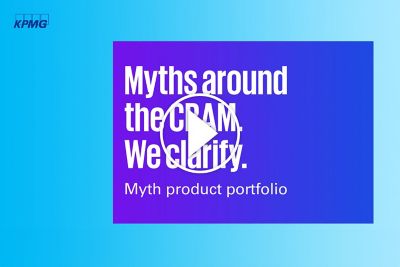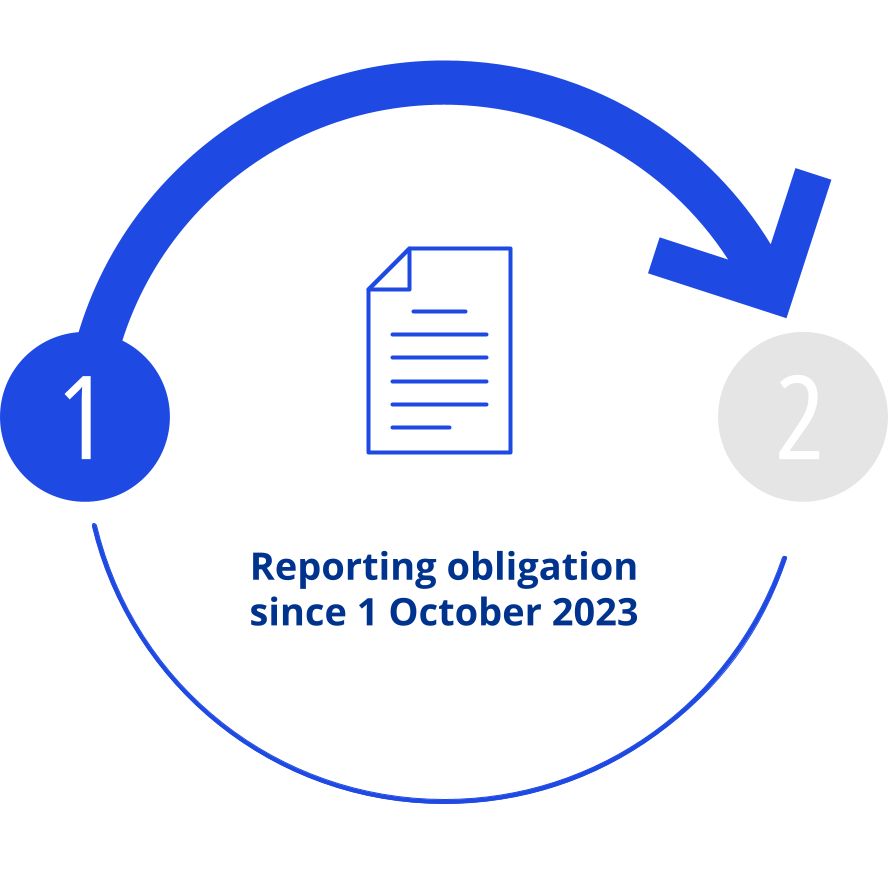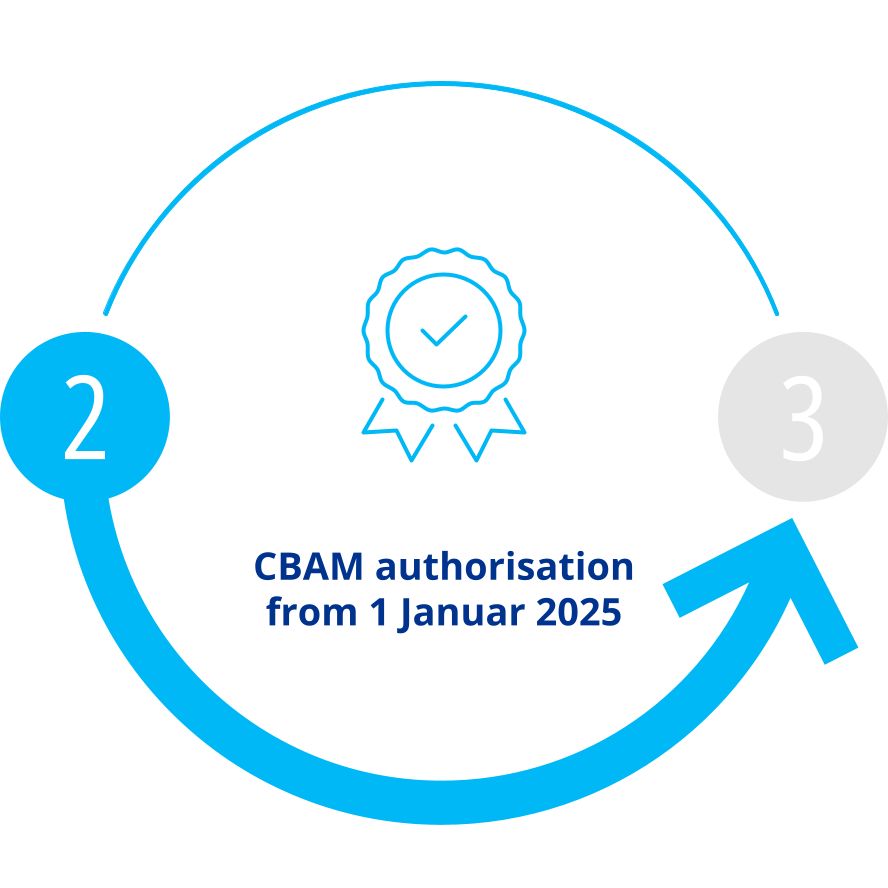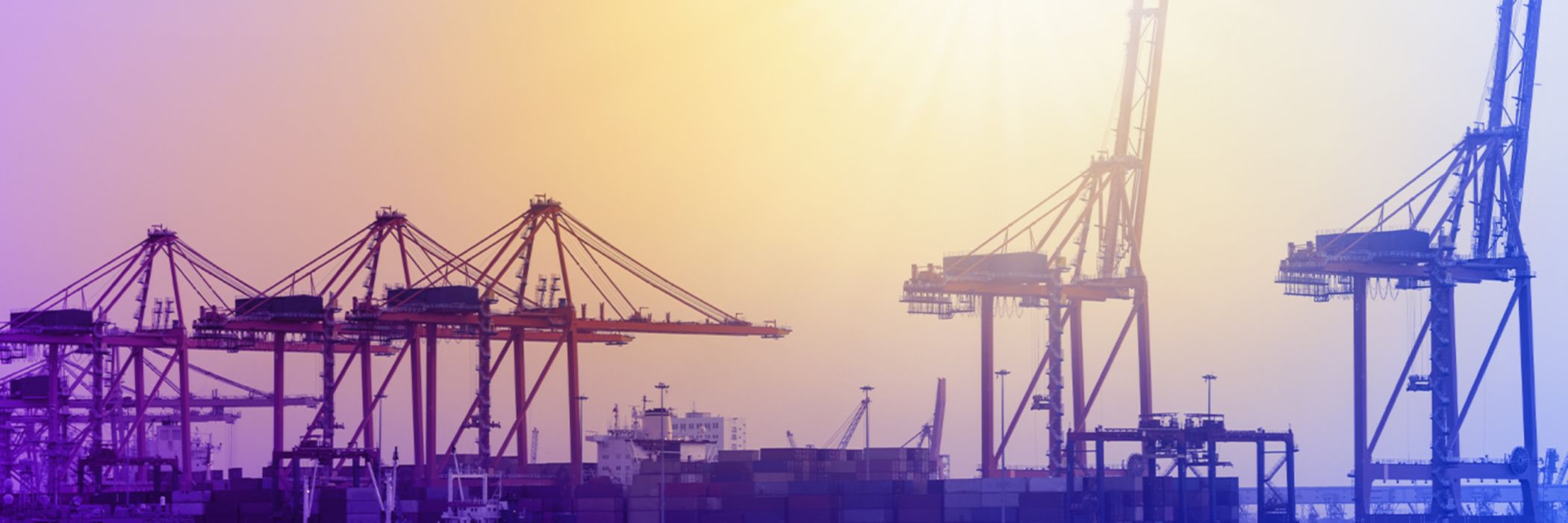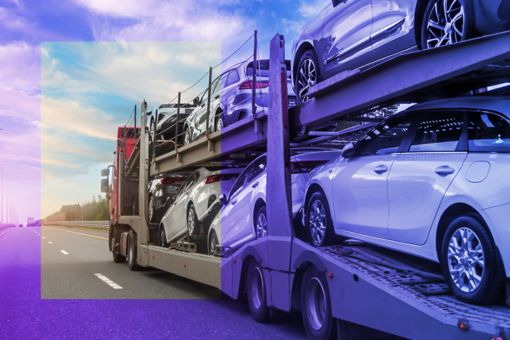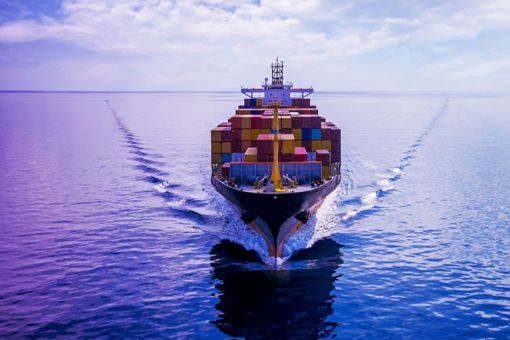The EU is one step closer to climate neutrality: in December 2022, a political agreement was reached on the carbon border adjustment mechanism. As a result, a reporting obligation for importers of certain energy-intensive goods came into force on 1 October 2023. We have summarized what you need to know about the border adjustment mechanism. For example, who the reporting obligation applies to and how certificate trading works.
CBAM as part of the European Green Deal
The Carbon Border Adjustment Mechanism (CBAM for short) is intended to counteract the risk of carbon leakage to countries with no or lower ambitions to combat CO2 emissions. The European Union recognises the risk of companies either importing goods from other EU countries with lower emission reduction requirements or relocating production to these countries. This could save costs that are inevitably incurred when switching to more environmentally friendly production.
This is why the EU Emissions Trading Scheme is being supplemented by the border adjustment mechanism and extended to imported goods. Companies will be obliged to purchase CBAM certificates for every tonne of CO2 they import. The harmonised EU regulation on CBAM is also intended to create incentives for non-EU countries to increase their climate ambitions.
The CBAM is part of the Fit for 55 package. It is one of the measures that the EU has launched as part of the European Green Deal to reduce greenhouse gas emissions by 55 per cent by 2030 compared to 1990 levels. By 2050, it wants to be the first confederation of states to achieve complete CO2 neutrality.
Products affected by the carbon border adjustment
The new regulations will initially affect goods imported from non-EU countries that are particularly CO2-intensive, including cement, electricity, fertilisers, aluminium, iron, steel, hydrogen and some upstream and downstream products. The scope of goods is to be extended to all industrial goods by 2030.
Non-EU countries that are integrated into the EU emissions trading system or whose emissions trading systems are recognised as equivalent can be excluded from the scope of application.
Mario Urso
Partner, Tax, Head of Trade & Customs
KPMG AG Wirtschaftsprüfungsgesellschaft
Stephan Freismuth
Partner, Tax
KPMG AG Wirtschaftsprüfungsgesellschaft
Everything you need to know at a click
We explain the CBAM and clear up misconceptions
Who is affected, what reporting obligations apply and to which product groups should the Carbon Border Adjustment Mechanism (CBAM) be applied? There are a number of false assumptions and myths surrounding the new regulation. We clarify and set the record straight. You can also read the blog post by our expert Stephan Freismuth.
Gradual introduction of the CBAM
Existing challenges of Carbon Border Adjustment Mechanism
Although certificate trading will not begin until later, the reporting obligation regulation that has been in force since October 2023 already poses challenges for many companies. They must record the import of corresponding goods and determine the emissions along the supply chain. However, there is often a lack of appropriate technological solutions for this. In addition, according to legislation, imported CO2 missions must always be calculated on the basis of actual values. Here, support from manufacturers in other EU countries is absolutely essential in order to obtain emissions data in a timely and legally compliant manner.
Currently, reporting entities can supplement emissions information that is not provided by manufacturers using the default values provided by the EU Commission - however, this is only possible without restriction until July 31, 2024. From August 1, the use of default values is only permitted if the proportion of emissions determined on the basis of the default values does not exceed 20% of the total emissions of a product.
How we support you
Our experts in the fields of customs and indirect taxes will advise you individually - from individual questions to comprehensive support including technological solutions:
- Specialist workshop as the basis for the initial assessment of the impact and coordination of the next steps
- Impact analysis based on your customs declarations, ideally using the KPMG Trade Data Check - our tool that evaluates your customs data automatically and systematically
- Definition of responsibilities in your company depending on the result of the impact analysis
- Support in determining direct and indirect CO2 emissions on the basis of actual or standard values; if actual values are used, additional support in verifying and testing these values by certified test centres
- Support with registration as an authorised CBAM applicant
- Support in obtaining CBAM certificates
- Coordination with suppliers to ensure the electronic exchange of CBAM-relevant information
- Setting up a CBAM management process
- Support with the preparation and submission of CBAM declarations




